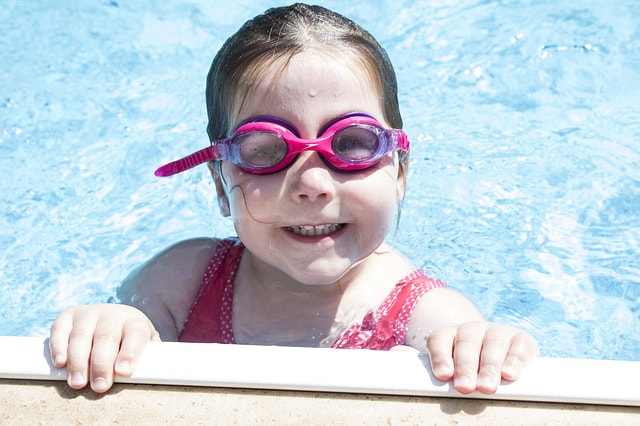
Secondary drowning is a form of “wet drowning” because a small amount of water gets into the lungs, but not enough to cripple breathing right away.
A child may just choke and gasp and recover quickly and parents are only temporarily alarmed.
That water that gets into their lungs? It just sits there and quietly prevents the lungs from oxygenating blood the way they’re supposed to. Over the course of the next several hours, kids have increasing difficulty breathing.
If your child has rapid shallow breaths with flared nostrils, chest pain, vomiting, extreme fatigue, blue lips, pale skin or changes in behavior including being combative, argumentative or cranky, get to an emergency room immediately.
Claudia
Join me on Facebook at Dr. Claudia McCulloch.
At DrClaudia.net, click on the "Ask Me" button and send me a question.
Sign up for the Sunday newsletter/"wrap-up" and get all 5 Parenting Pointers and blog posts delivered to your digital door.


